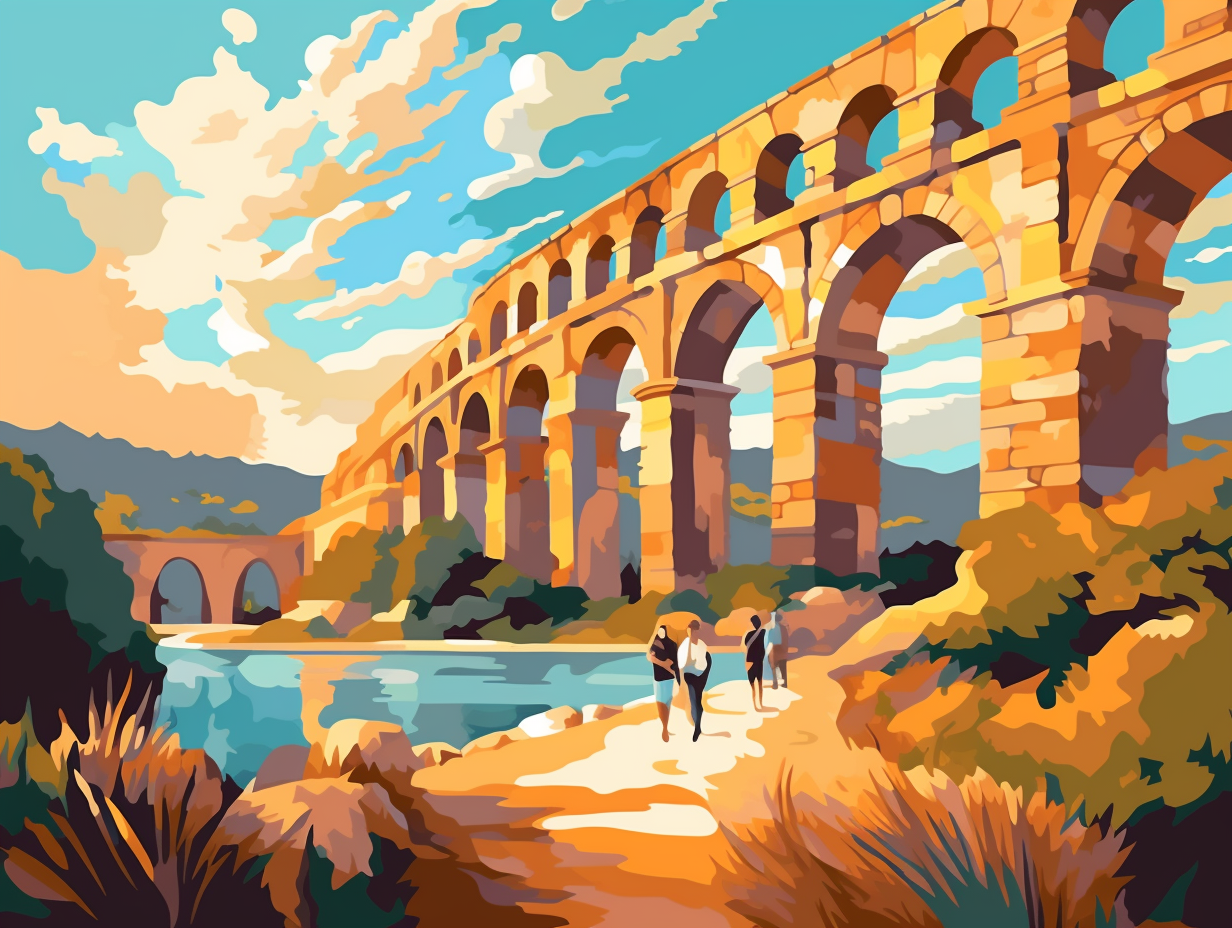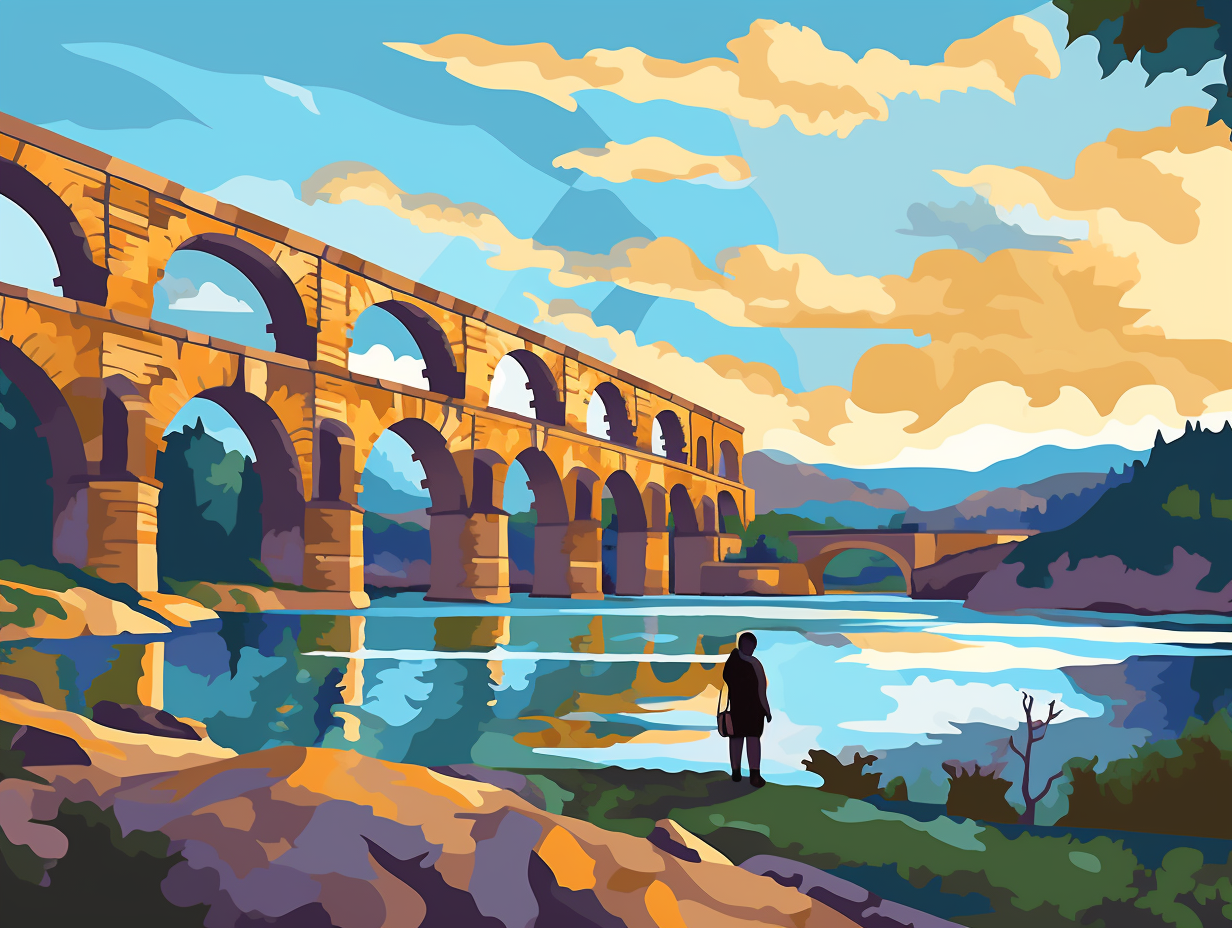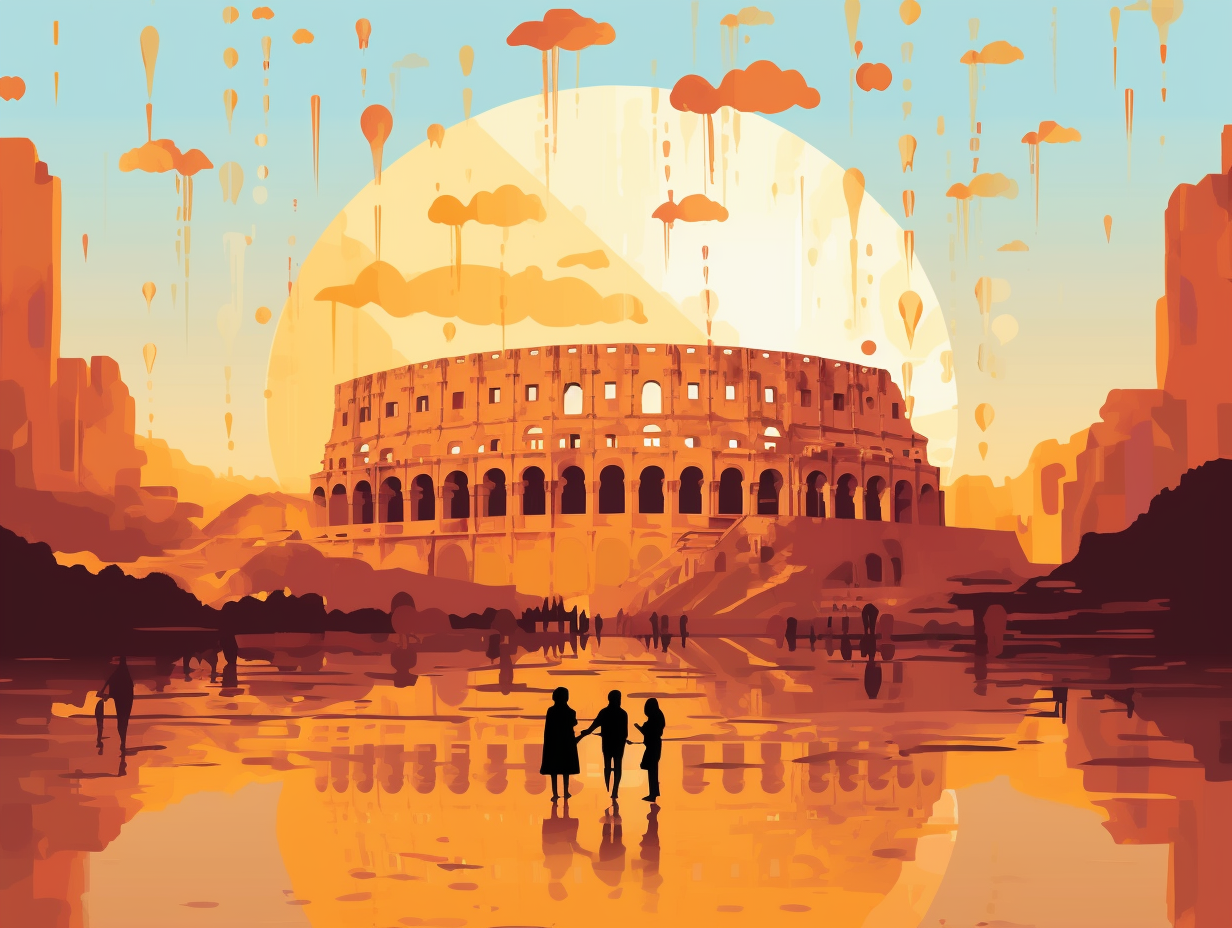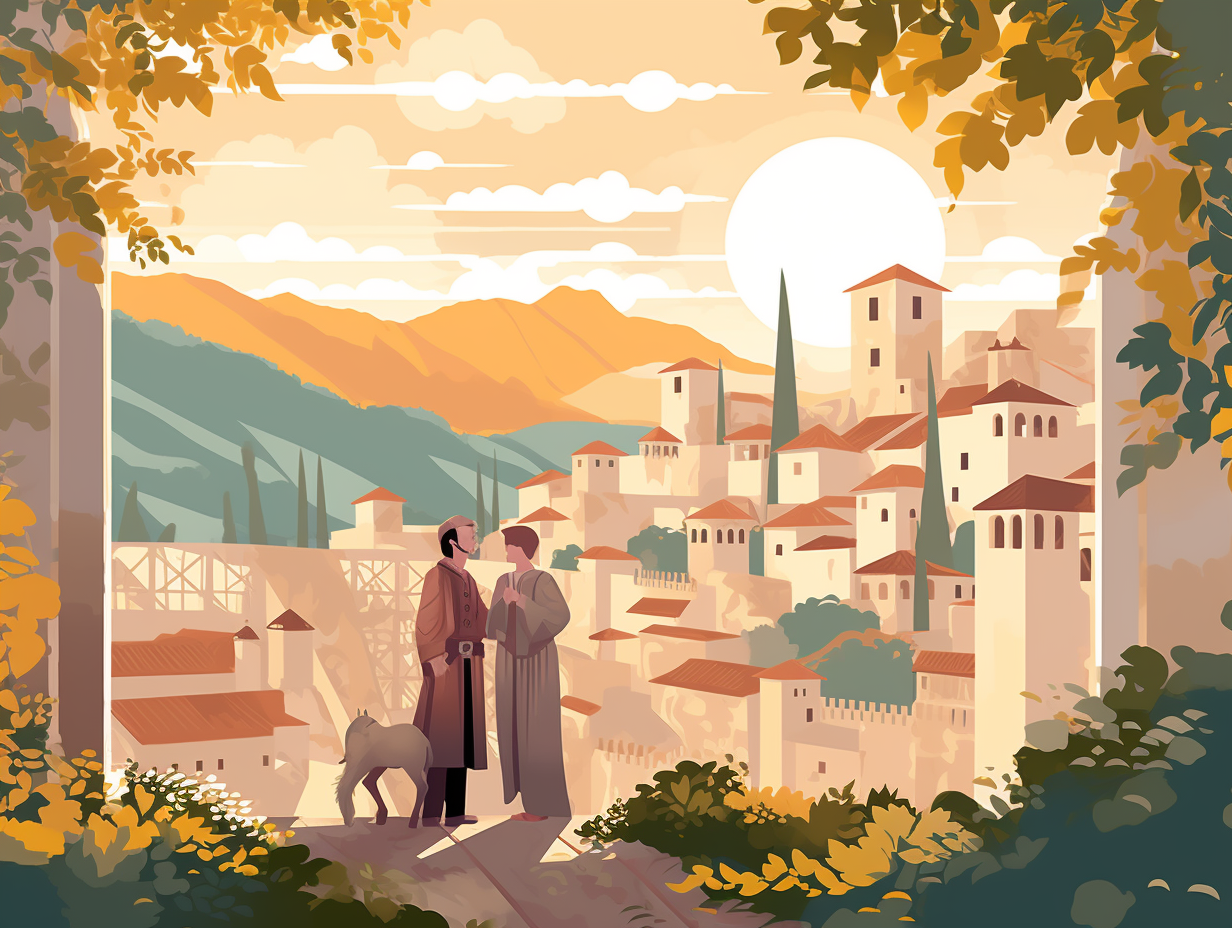Discover the Secrets: Top 14 Fun Facts About Pont du Gard You Never Knew Before!

1. Roman Jenga Gone Wrong
In an epic game of Roman Jenga gone wrong, the Pont du Gard let a few stones slip and a dozen arches go MIA: This majestic Roman aqueduct bridge impressively maintained its integrity despite losing numerous stones and twelve arches upstream during the Middle Ages, and has undergone multiple restoration campaigns since the 17th century to preserve its stunning salute to Roman civilization.
Source => whc.unesco.org
2. Precision Stonework Paper Test
You know what they say about ancient Roman architecture: Leave no stone unturned – or, unpapered, in the case of the Pont du Gard: This mortarless limestone masterpiece boasts such precisely fitting colossal blocks that you couldn't even slide a sheet of paper between them, allowing it to carry a whopping 40,000 cubic meters of water a day over 50 km to Nemausus (Nîmes) with a gradient of just 1 cm in 182.4 m.
Source => en.wikipedia.org

Did you know the Eiffel Tower is quite the fashionista? Discover its colorful history and unique gradient design that keeps it looking chic every seven years. 🎨🗼
=> Fun Facts about The-Eiffel-Tower
3. Flood-Proof Limestone Masterpiece
When it comes to ancient Roman architecture, the Pont du Gard aqueduct truly rocks: requiring an astonishing 21,000 cubic meters of limestone extracted from nearby quarries and anchored into the base, all to withstand the Gardon river's notorious floods better known as the merciless gardonnades.
Source => avignon-et-provence.com
4. Ingenious Roman Gradients
Who needs a level when you've got Romans? They made straight aqueducts but kept it real with gradients: The Pont du Gard, a Roman marvel, stands tall as a testament to their advanced understanding of physics, utilizing calculated gradients along the aqueduct to create a steady water flow from the Fontaine d'Eure to Nemausus with a slight gradient of just 1 cm in 182.4 m. Their secret sauce lay in the precise stonework that fit together through friction and gravity, even leaving helpful inscriptions for the builders to follow.
Source => en.wikipedia.org

5. The Aqueduct Double-Decker
Behold, the Pont du Gard: the Roman Empire's version of a double-decker sandwich, but with a side of sturdiness! This triple-layered aqueduct bridge splendidly straddles the Gardon River and stands tall as a testament to the Romans' mastery in construction—despite some missing stones due to the Middle Ages playing a game of "Jenga" with history.
Source => whc.unesco.org
6. Aqueduct-Turned-Tollbooth
From being a Roman water slide to a medieval tollbooth, the Pont du Gard has seen it all: This ancient Roman aqueduct also functioned as a toll bridge for centuries, maintained by local lords and bishops, before becoming one of France's most visited tourist attractions today.
Source => en.wikipedia.org
7. Ancient Water Slide Revival
Who says old Roman architects didn't have a splash of fun in their lives? As it turns out, even the waterworks of yore knew how to "go with the flow": The Pont du Gard, a 2,000-year-old aqueduct, is still partially functioning today, thanks to two of its arches reconnecting to the original channel in 2000. This ancient H2O high-wire act now playfully hydrates a nearby olive grove, though it stops short of quenching humans' thirst.
Source => en.wikipedia.org
8. Wheelchair-Friendly Roman Aqueduct
Rolling in with wheelchairs and ancient flair: Pont du Gard provides full accessibility for the differently-abled – complete with dedicated parking spaces, easily accessible pathways, free wheelchair provisions, lifts in the cultural areas and adjustments to the museum experience, including radio theatre and tactile learning. Note, though, that the guided tour is not suitable for wheelchairs due to the stairway to ancient aqueduct heaven.
Source => pontdugard.fr
9. Timeless Three-Tiered Wonder
As the old Romans used to say, "water under the aqueduct": Pont du Gard not only remains one of the best preserved ancient Roman aqueducts in the world, but it also stands tall with its three-tiered arched design after 2,000 years.
Source => historyofbridges.com

10. Raging River-Defying Design
Feeling old at 2,000 years? Try standing over a raging river, like the Pont du Gard: This mighty aqueduct of ancient Rome boasts a triple-tiered showcase of arches and engraved positioning marks, designed to withstand the Gardon River's wrathful floods. A testament to Roman engineering, it's now a UNESCO World Heritage Site, proudly bridging generations across millennia.
Source => whc.unesco.org
11. Colossal Water Slide for Thirsty Romans
When life gives you aqueducts, make a colossal water slide: The Pont du Gard, though mammoth in size, wasn't built to carry 44 million liters of water daily. Instead, this architectural marvel of ancient Romans transported a more modest (but still impressive) 40 million liters across 50 kilometers (31 miles) to quench the thirst of Nîmes' citizens.
Source => en.wikipedia.org
12. Genius Roman Plumbing Feats
Hold on to your togas, ancient Roman plumbers must have been aqua geniuses: The Pont du Gard, the world's highest Roman bridge at over 160 feet tall, supplied Nîmes with a whopping 30 million liters of water daily, showcasing some seriously impressive engineering skills from way back when.
Source => pontdugard.fr
13. The Original EasyPass Bridge
Well, you could say the Pont du Gard was the original EasyPass: not only did it serve as an aqueduct, but also doubled as a toll bridge for travelers crossing the Gardon River, with the funds collected being used for maintaining and repairing the bridge.
Source => flickr.com
14. Quenching Roman Thirst in Style
Forget quenching the Roman thirst for knowledge: it turns out, they were rather parched for water as well! The Pont du Gard is here to spill the evidence: this colossal aqueduct built in 1st century AD boasts three tiers reaching 50m high and a bridge stretching a whopping 360m at the top, all contributing to historic hydration in style.
Source => seeprovence.com
Related Fun Facts




















